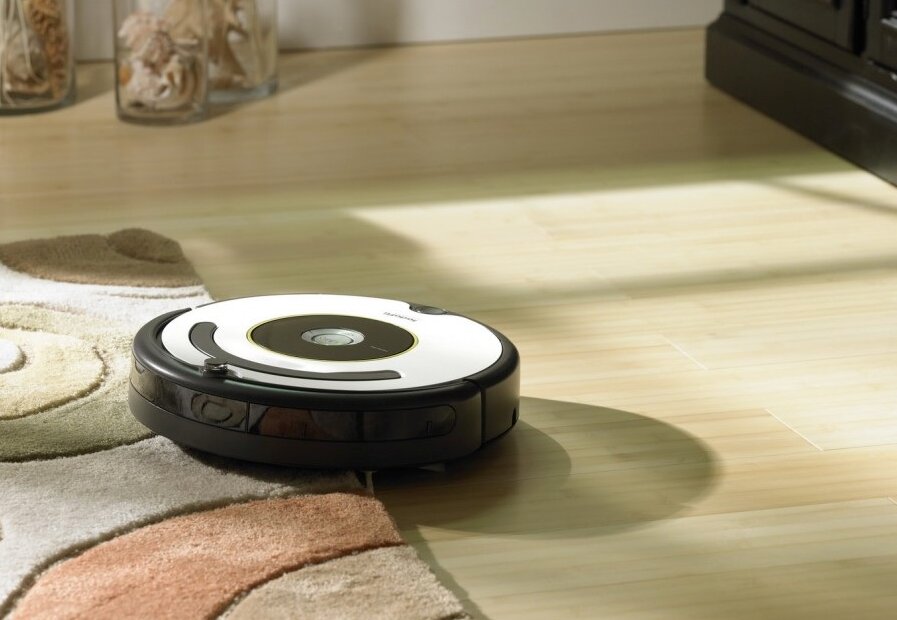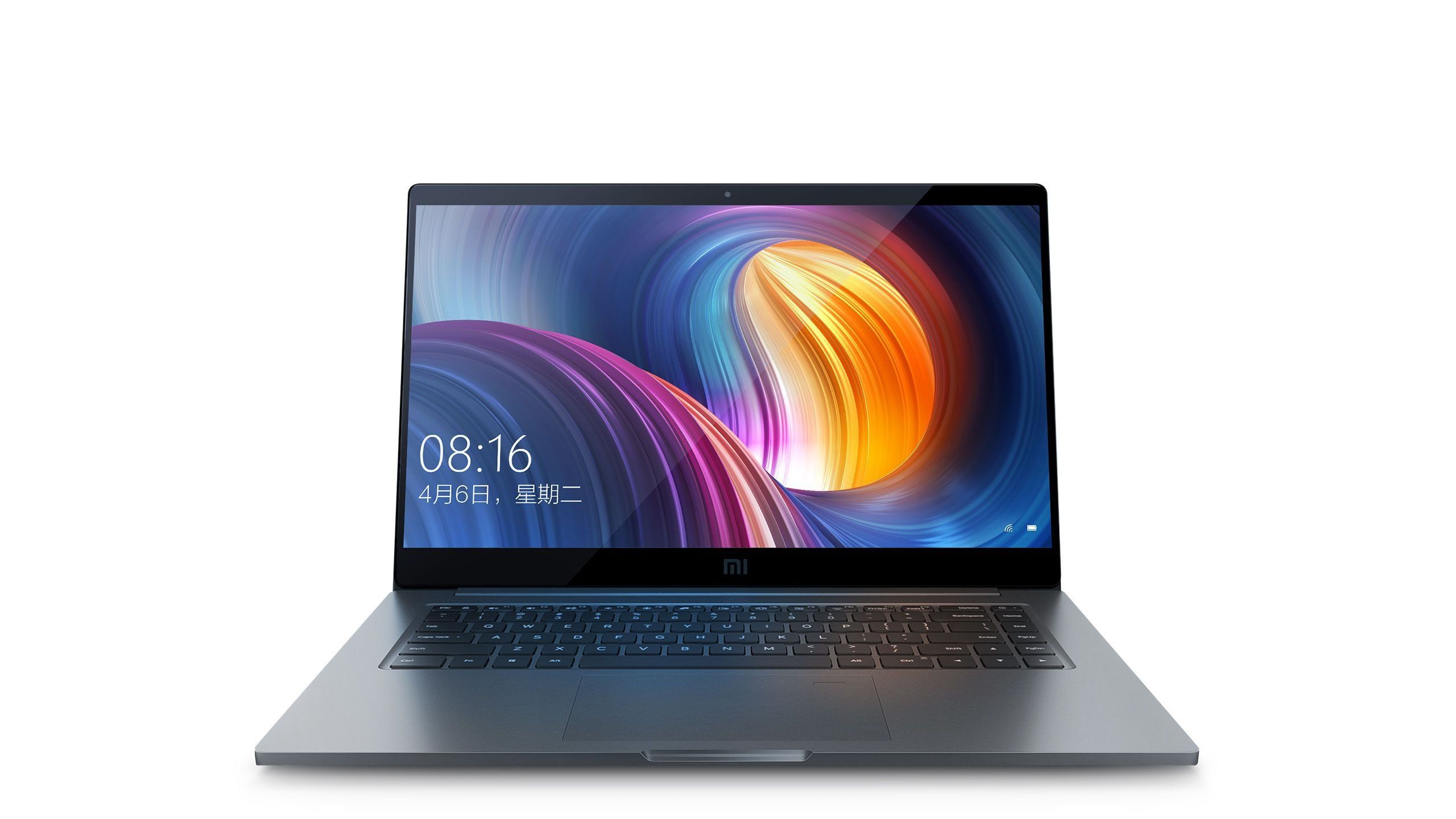Rating of the best round nose pliers for 2022

Round-nose pliers are a tool of the pliers-hinged group. They have a very characteristic design, which is presented in the form of elongated tapering working sponges of a rounded shape (which was the basis for assigning such a name to the device). This device is made of steel, while the mandatory requirement of complete convergence of the jaws and the absence of play between them must be observed. The product must have the trademark of the manufacturer, which confirms the compliance of the device with GOST RF.
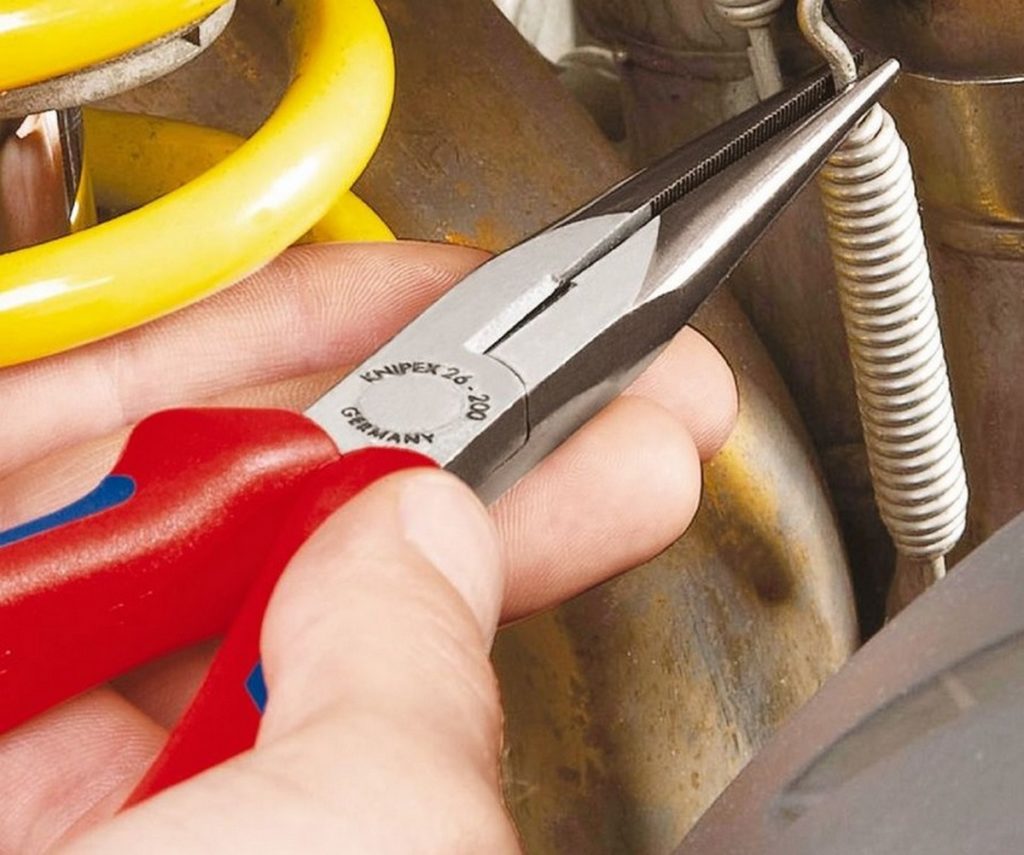
Content
General information
Round-nose pliers are a hand tool for fitting and installation work (if their handles are protected by a dielectric material, then electrical work is also allowed). The functionality of their design is to hold or twist small objects, which makes them very similar to conventional tongs. The main feature is the round working jaws, which can have two basic shapes - conical and cylindrical. The latter differ in the same diameter of the working part, but for the former, the diameter will narrow as it approaches the end. Also, round nose pliers can be made in a general curved / straight shape, depending on their purpose.
There are also special, so-called "half-pliers", in which one sponge is rounded and the other is completely flat. They also include such models, in which the working parts differ in diameter, i.e. one lip is larger, the other is smaller. These samples successfully cope with tasks when it is necessary to quickly, and without changing the tool, round the wire to different diameters.
According to the manufacturing standards of the type of devices in question (both Russian and international), the inner sides of the working lips must have special notches.They will not allow workpieces and parts to jump out of the clamping state. However, this requirement does not apply to some samples of round nose pliers, for example, jewelry. When working with soft precious metals, these notches will only interfere. From this it is clear that round-nose pliers need to be selected according to future tasks: for massive parts, the issue of reliable retention will be acute, so a model with notches is required, and when working with thin and soft material (for example, sheet gold) they are simply not needed.
As for electrical work, they use models in which the handles have the appropriate insulation. It is made of various dielectric materials that can withstand voltages up to 1000 volts.
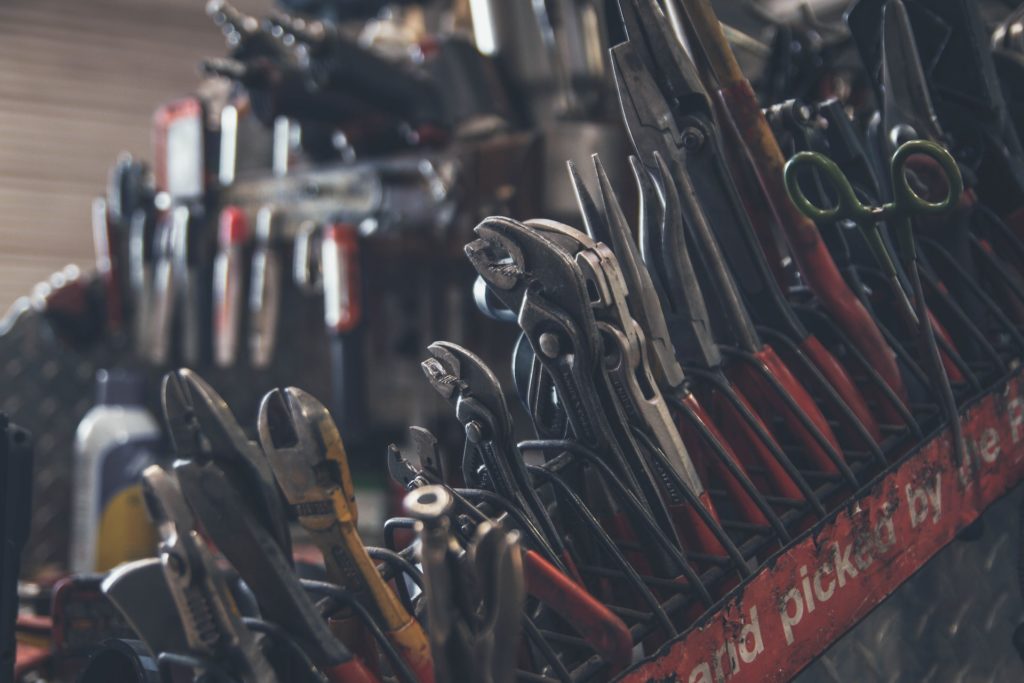
Design features, functionality, regulatory framework
The type of tool under consideration is structurally steel tongs / tongs, which consist of:
- Working parts in the form of two elongated lips with a round or semicircular section. Their shape can be cylindrical (have the same diameter along the entire length) and conical (the diameter narrows from edge to end).
- Hinged fasteners in the form of a rivet, which ensures the smooth movement of the tool and the tightness of the bow of the lips during the compression of the handles.
- Two straight (or curved) handles connected like a crosshair and acting as a lever when closed. For the convenience of work, the handles can have a return mechanism, presented in the form of an elastic plate or spring, have a coating of PVC or plastic, and for ease of holding on such a coating, anti-slip protection can be applied. Especially for work with electricians, such a coating is made of dielectric materials.
Functional
Various variations of round-nose pliers models that exist today, although in many ways very similar to each other, are more often intended for carrying out a variety of types of work. The scope of their application is strictly regulated by the technical standards of both Russia and the international community. The main functions of the toolkit under consideration include:
- Bending of metal products;
- Twisting and unscrewing threaded fasteners and connections;
- Twisting wires;
- Cutting wire lengths;
- Extraction of nails with hats;
- Use as an auxiliary impact tool for small fasteners (jewelry hammer);
- Holding various objects of small and medium size.
Normative base
Issues related to the manufacture and use of round pliers are regulated by international and domestic standards. GOST RF No. 7283 of 1993 describes in detail the design features and technical manufacturing conditions that the device must comply with, namely: all possible sizes, materials of manufacture and coatings.
Among international documents, we can single out the ISO standards (International Organization for Standardization) No. 5743 and No. 5745 of 1988. They set out the same provisions as in GOST, but with some PERMISSIBLE deviations.
Differences between pliers and round nose pliers
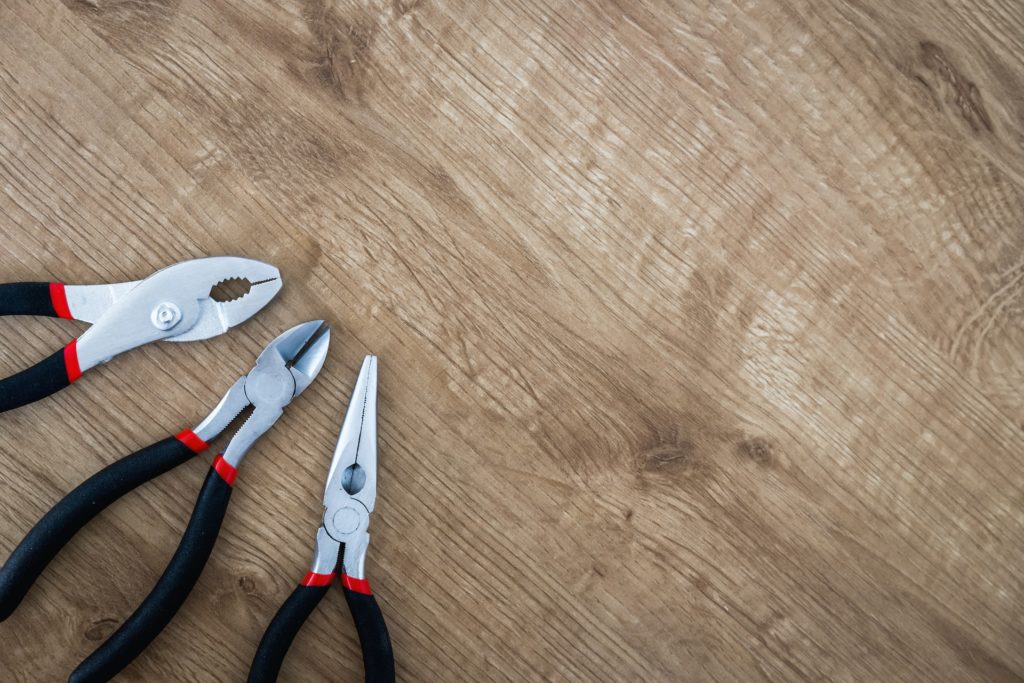
Despite the fact that these two devices have practical similar tasks, they have a number of significant differences:
- The shape of the working parts - the pliers have smooth sponges with small notches, and some round-nose pliers have oval selections on rounded jaws;
- Dimensions - pliers have a more massive size, combined with short working parts. For round nose pliers, these parts are usually elongated;
- Type of fastening of handles - only pliers can have an adjustable type of fastening of handles;
- Tasks performed - pliers are considered a multifunctional device, while round nose pliers are narrowly focused;
- Marking - pliers may not have it on their body, but for round-nose pliers it is required.
Modern types of pliers
To perform tasks of various kinds, there are special types of tools under consideration, which differ from each other in the form of construction.
- Flat.
This device features a flat inner surface, which makes it very similar to classic pliers. It is possible for them not only to tightly capture strips of metal and wires inside various devices, but also to form smooth bends, which is achieved by the outer rounded part of the lips.
- Semicircular.
They are a combined device with working parts of different shapes - they can be conical with a circular cross section or flat, like a classic instrument. Most often they are used for very delicate operations, for example, in the field of making jewelry.
- Mini round nose pliers.
This tool is characterized by a small size - their format is no more than 125 millimeters. Used to work with small parts, for example, in the radio engineering field.
- Jewelry.
They are also distinguished by their miniature size, but they have perfectly smooth working parts and do not have any notches. The thickness of their lips at the end may not exceed one millimeter. The manufacture of such a device is carried out on high-precision equipment, where computer control monitors compliance with the specified dimensions and parameters.They are used exclusively for the finest tasks: a set of beaded jewelry, making jewelry from valuable and soft metals, including inlay with ornamental / precious stones.
- Electronic.
They are used specifically for accurate actions with various types of electronics, which is achieved due to the complete absence of the backlash effect and the most accurate and verified dimensions of the working tips. Again, high-precision equipment is used in their manufacture.
- Gripping.
These traditional models have tapered ends and are used for gripping/holding small objects. They can be used in various fields - from plumbing and jewelry tasks to mine clearance in sapper business.
- Cutting.
Such devices have internal cutting edges, which are located on the basis of the functional parts near the hinged fastener. Visually, they look like a tandem of side cutters and round nose pliers, which allows not only to capture the desired object, but also to strip the insulation from the wires, while trimming them if necessary.
- Antistatics.
This device belongs to a special group and is used for high-tech operations with electronic devices and elements that are very sensitive to electrostatic discharges. Its handles are made of conductive material, which allows you to safely dissipate electricity or allow the accumulated electrostatic discharge to drain through the operator's body.
- Long.
Long-nose pliers have elongated dimensions of the working parts, which are clearly larger than those of a standard tool.Their length can vary from 100 to 200 millimeters, and this allows manipulations with wires and parts that are in a limited and hard-to-reach space (as an example, capturing, twisting or bending a wire in a strobe).
- Curved.
For such a device, the bending of the sponges can be from 30 to 80 degrees. It is used to capture wires / objects that are installed in a hard-to-reach place, for example, inside electrical appliances and electrical installations. Their bend can pass through the center of the working part or begin only at the end of the elongated jaws.
- Telephone.
They are used by telephonists and are combined devices with a cross-shaped notch on the inner surface of the gripping long parts, and at the same time they have cutting edges. It is convenient for them to perform the most complex manipulations in the face of many tangled wires, and also, by means of cutting edges, to carry out operations for stripping and cutting the wire without removing it from the device.
- Dielectric.
They are characterized by the presence of especially reinforced insulation on the handles and are intended for servicing electrical devices that are energized up to 1000 volts. The dielectric coating for them is made of specialized insulating materials, such as special plastic, rubber or ebonite, which exclude the possibility of electric shock to a working operator. The design also provides for special stops located closer to the functional part, and anti-slip pads prevent accidental slipping of the palm during manipulations.
IMPORTANT! This tool requires an annual test according to state standards to confirm its performance!
- Safety.
This design is distinguished by the presence of a special safety ring, which is installed on the inside of one handle, so that the device can be fixed on the operator's belt or on an external hook, which is very convenient when carrying out manipulations at height.
- Retaining pullers.
These are round-nose pliers that have elongated jaws and allow you to interact with various types of fasteners located in hard-to-reach spaces inside mechanisms and devices. They differ in the diameter of the working ends, which can be either straight or bent at 90 degrees, which is convenient for penetrating into the hole of the retaining ring. The peculiarity of this tool is the presence of a mechanism for limiting the efforts of the operator, which prevents the possibility of accidental damage to small parts. At the same time, such models have elongated handles, which is necessary to facilitate the process of removing the rings.
Difficulties of choice
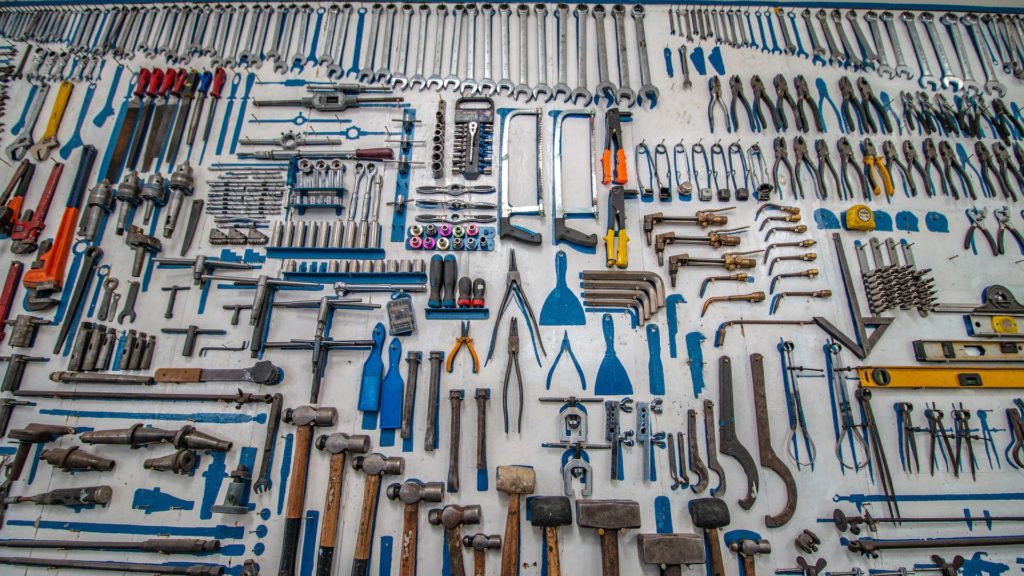
When buying round-nose pliers, you should pay attention to the following aspects:
- For clear and coordinated action, it is imperative that the length and width of both ends match. It is quite possible to check this right in the store, just look at the closed cheeks. If, when closed, they acquire the so-called X-shaped position, then it will be very difficult to work with small objects with them.
- During twisting operations, the object (wire and wires) must be held tightly in a closed position with round nose pliers. Ideally, you need to make sure that a paper sheet does not pass between the sponges.
- For jewelry models, the surface of the cheeks must be perfectly smooth so as not to scratch the fittings.From this it is clear that it is not worth buying even the smallest tools with a direct other purpose, for example, metalwork and assembly, just for jewelry tasks. Their rough and rough texture will easily create dents under pressure on the soft precious metal, which will not only spoil the appearance of the jewelry, but they will still be very difficult to remove.
- The ends of the round nose pliers are necessarily made of durable grades of steel, which can withstand considerable effort during the manipulation of hard wire or fasteners.
- For various jewelry operations, a device with an appropriate end diameter should be selected. However, there are almost universal devices from this category, which have the following parameters: the total length of the cheeks is 25-30 millimeters, the diameter at the base is 6-7 millimeters, the diameter at the edge is 1-1.5 millimeters.
Rating of the best round nose pliers for 2022
Budget segment
3rd place: "Matrix Nickel", with two-component handles, 160 mm"
This nickel-plated model features 160mm two-piece handles that allow you to grip wire, thin metal sheets for holding, bending and other plumbing work. It will become an alternative to pliers if you have to carry out actions in hard-to-reach places. It has a protective nickel coating to prevent corrosion and increase wear resistance of the round nose pliers. The working parts have increased hardness, tk. hardened by high frequency currents. Two-component handles increase the comfort of manipulation, because they do not slip in the hands. The stops on the handles do not allow the hand to slip, thus protecting the master from injury.The recommended cost for retail chains is 490 rubles.

- Excellent protective qualities;
- Wear resistance;
- Durable manufacturing material.
- Not detected.
2nd place: ZUBR PROFESSIONAL 160 mm
This professional pliers meets the highest industry standards and is designed to grip and hold flat and round objects. It has an eccentric hinge arrangement, which increases the transmission of force by 70%. Made from Cr-V steel for an optimal balance of hardness and strength. Designed for cutting wire made of steel, copper, aluminum. The recommended cost for retail chains is 580 rubles.

- Hardened working surfaces;
- Chrome protective coating;
- Oil resistant handles.
- Not detected.
1st place: “NEW LAND mini round nose pliers for needlework, professional jewelry”
This jewelry tool is made of high carbon steel. It easily and comfortably fits in the hand, will not slip in the palm of your hand, as the handles are covered with technical rubber. Used to perform precision jewelry work when creating costume jewelry and jewelry. Great for twisting pins into loops. It has side cutters / wire cutters, which are necessary for biting off wire, cable and pins, while the cut is even. Thanks to thin jaws that fit snugly together, even the smallest parts are securely held. Tool length - 9 - 10 cm.Due to the curved shape of the jaws, the working surface increases, which means that there are more points of contact between the tool and the part. The recommended cost for retail chains is 930 rubles.

- Lightness and compactness;
- Excellent quality;
- Good combination of price and quality.
- There is no lock for closing.
Middle price segment
3rd place: "Jonnesway P116"
This versatile tool has straight elongated jaws. Used to clamp and hold small flat and cylindrical elements during repair work. Made from chrome vanadium steel. The device is equipped with side cutting edges, with which it is possible to bite through a wire or a thin rod. Comfortable metal handles have overlays with an embossed surface made of impact-resistant and non-slip polymer. The recommended cost for retail chains is 1110 rubles.

- The presence of side cutters;
- Comfortable handles;
- Versatility.
- The impossibility of working in the cold - the protective plastic of the handles may crack.
2nd place: "Jonnesway P7601"
These elongated platypuses are used to grab and hold parts that are in recesses or other places that are difficult to reach with conventional tools. Made from chrome plated tool steel. They have long narrow jaws, which are convenient for grabbing small flat objects. The metal handles are padded with shock-resistant and non-slip polymer. The recommended cost for retail chains is 1622 rubles.

- Non-slip handles;
- Special practicality;
- Full compliance with GOST RF.
- Not detected.
1st place: "Jonnesway P7602"
This product is designed to hold various flat objects. The tool is made of durable material and has a special shape, which allows them to be used in hard-to-reach places. The handles of the platypuses have an anti-slip coating, which ensures comfort during use. Has a long service life. The working area of platypuses has a special shape. The recommended cost for retail chains is 1920 rubles.

- Comfort and convenience;
- Efficiency and quality;
- Strong steel.
- Often forged model.
Premium class
3rd place: "KNIPEX KN-2525160 with a cutter"
This product with a cutter is designed to grip and cut wire of varying degrees of hardness. Serrated gripping jaws provide a firm grip on the workpiece. The cutting edges have a hardness of 61 HRC. Chrome vanadium electric steel significantly extends the service life. The chrome-plated head is protected from corrosion. Special plastic covers on the handles prevent hands from slipping during operation. The recommended cost for retail chains is 3750 rubles.

- Work with hard wire with a diameter of 1.6 mm, medium wire with a diameter of 2.5 mm;
- Chrome-plated head is protected from corrosion;
- Special plastic covers prevent the handles from slipping;
- Chrome vanadium electric steel ensures a long service life.
- Too high price.
2nd place: "Gripping KNIPEX KN-3121160"
The model is designed for the most delicate installation and adjustment work, as well as for bending. The length of the jaws is 55mm, which allows you to work in hard-to-reach places. The curved handles are equipped with plastic covers that prevent slipping and provide comfortable work. Light weight significantly reduces the energy consumption of work. The gripping jaws have been precision machined. The recommended cost for retail chains is 4050 rubles.

- The gripping jaws have been precision machined, which increases the accuracy of the work performed;
- Chrome-vanadium steel significantly extends tool life;
- The polished head is protected from corrosion;
- Light weight significantly reduces the energy intensity of the efforts applied by the operator.
- Overcharge.
1st place: "Dielectric combined 200mm" NWS ErgoCombi 1406-49-VDE-200 "
This product is a multifunctional tool for manual electrical work. The model is suitable for stripping solid and stranded wires with a cross section of 1.5 mm² and 2.5 mm², cutting wire of various degrees of hardness, as well as crimping ferrules. The tool is easy and comfortable to work with, the tilted head and optimal leverage ensure ease of operation without fatigue. The recommended cost for retail chains is 4680 rubles.

- German tool quality;
- Built-in wrench - 18 mm;
- Tool head angle - 45 degrees;
- Semicircular jaws;
- Bevel cutting;
- Wear resistance;
- Reliability and safety;
- Ergonomically angled head;
- Grip surfaces with teeth.
- Overcharge.
Conclusion
Round-nose pliers are designed to perform a limited type of work, therefore, when making a purchase decision, you need to accurately determine the scope of the tool and focus on its exact technical parameters - this is the only way to make the right choice.
new entries
Categories
Useful
Popular Articles
-

Top ranking of the best and cheapest scooters up to 50cc in 2022
Views: 131649 -

Rating of the best soundproofing materials for an apartment in 2022
Views: 127688 -

Rating of cheap analogues of expensive medicines for flu and colds for 2022
Views: 124517 -

The best men's sneakers in 2022
Views: 124031 -

The Best Complex Vitamins in 2022
Views: 121938 -

Top ranking of the best smartwatches 2022 - price-quality ratio
Views: 114978 -

The best paint for gray hair - top rating 2022
Views: 113393 -

Ranking of the best wood paints for interior work in 2022
Views: 110318 -

Rating of the best spinning reels in 2022
Views: 105327 -

Ranking of the best sex dolls for men for 2022
Views: 104363 -

Ranking of the best action cameras from China in 2022
Views: 102214 -

The most effective calcium preparations for adults and children in 2022
Views: 102010



